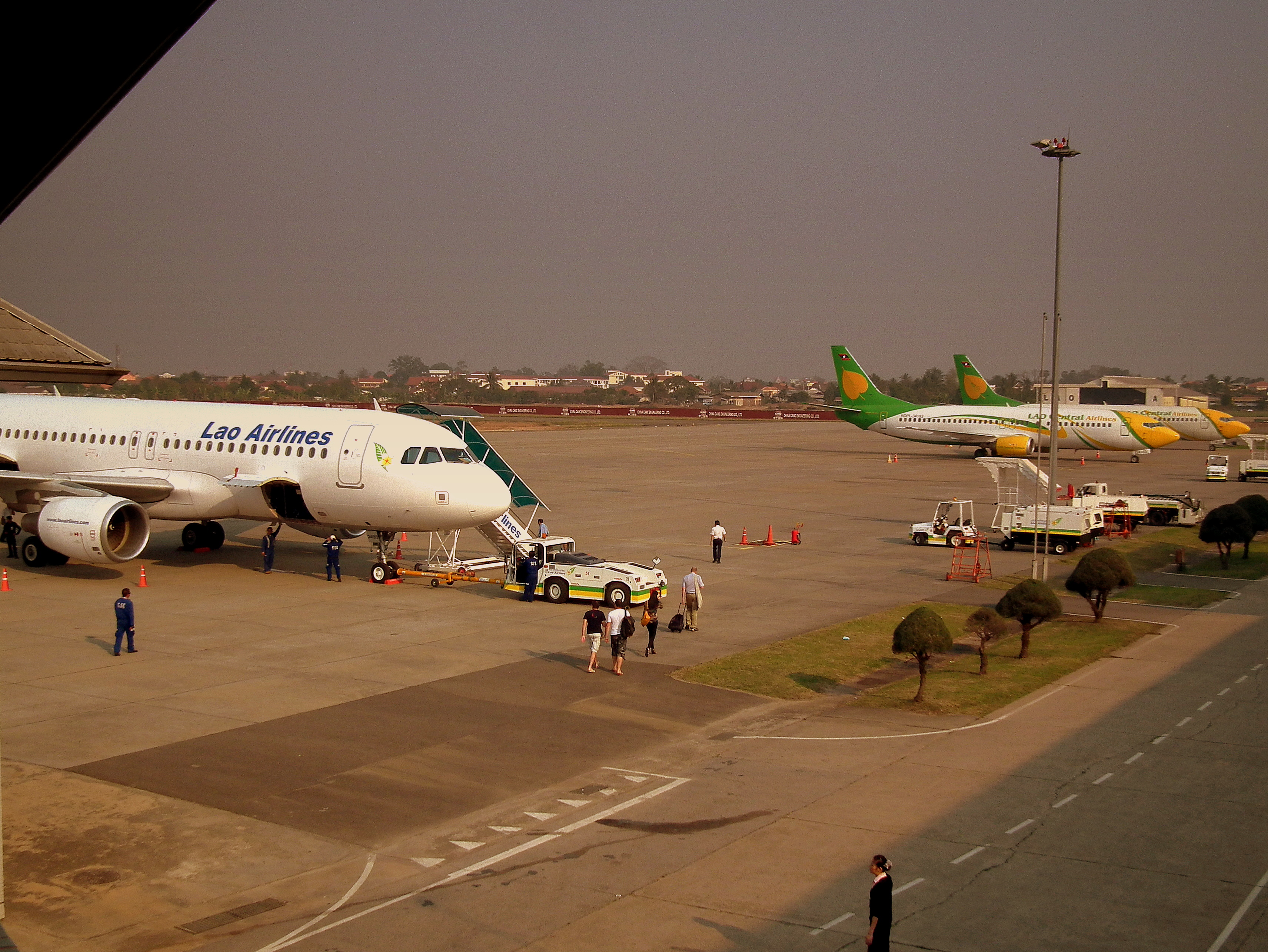From Rail to River — How Laos’ High-Speed Train Reconnects Luang Prabang to the World (2025 Travel Update)
Luang Prabang, Laos — the UNESCO World Heritage City long known for its temples and tranquility — is now welcoming visitors faster than ever before. Thanks to the Laos–China Railway and the new Digital Arrival Card System (LDIF), reaching this cultural capital has never been easier. Yet, even with this modernization, Luang Prabang keeps its heartbeat slow, rooted in the rhythm of the Mekong River. Opened in late 2021, the Laos–China Railway is transforming tourism and trade across the region. Stretching more than 400 kilometers from Vientiane to Boten at the Chinese border, it connects Laos with China’s vast railway network. According to Travel + Leisure (2024), passenger numbers have soared, particularly to Luang Prabang — the most scenic stop along the route. The sleek high-speed train travels at up to 160 km/h, gliding through limestone mountains, lush valleys, and riverside villages. What once took 10 hours by road now takes less than two. The journey has become a highlight in itself, blending adventure with convenience for travelers who value both efficiency and authenticity. Complementing the rail revolution is the Lao Digital Immigration Form (LDIF), launched nationwide in September 2025. Through immigration.gov.la, visitors can now submit their arrival and departure details online before traveling. The system replaces paper cards with a QR code that streamlines immigration at Luang Prabang International Airport, the Mekong ports, and train terminals. According to the Laotian Times, the LDIF is part of Laos’ larger Smart Tourism vision — connecting technology, sustainability, and hospitality. For visitors, the process means less time in queues and more time exploring heritage streets and temples. Despite new infrastructure, Luang Prabang’s essence remains untouched. The alms-giving ceremony still takes place at dawn. Markets still bustle with the scent of lemongrass and coffee. The UNESCO World Heritage listing continues to guide preservation efforts for its wooden architecture and French colonial villas. “The high-speed train has changed how people arrive,” says a local guesthouse owner, “but not why they come.” Visitors still seek the same peace found in temple courtyards, sunset cruises, and the kindness of the Lao people. With improved connectivity, Luang Prabang is poised to lead Laos’ tourism renaissance. Sustainable travel initiatives — such as electric tuk-tuks, monk-guided tours, and cultural education programs — are expanding in 2025.
International media including BBC Travel and Condé Nast Traveler continue to spotlight the city as a model for responsible tourism and authentic experience. For travelers, the journey to Luang Prabang now mirrors the city itself — a blend of movement and mindfulness. Arrive by rail, explore by river, and leave with a piece of Laos’ quiet magic.
From Rail to River — How Laos’ High-Speed Train Reconnects Luang Prabang to the World (2025 Travel Update)

The Journey Begins on Rails

Digital Travel Made Simple
Modern Access, Timeless Soul

The Future of Laos Tourism
0 comments